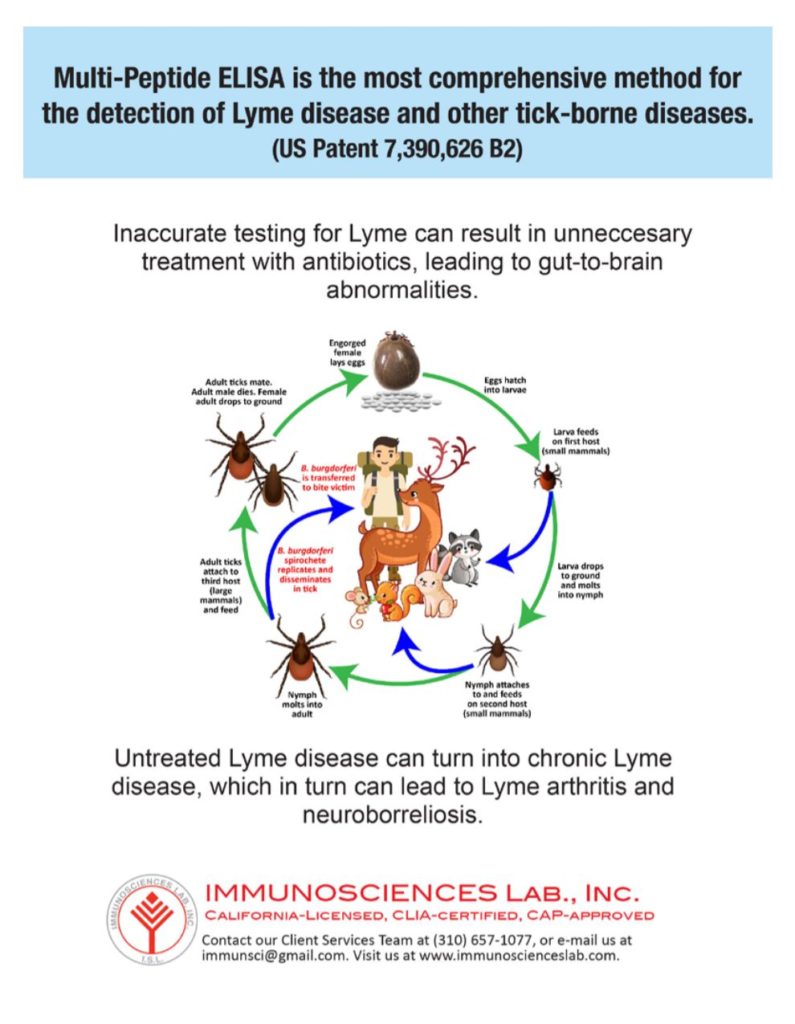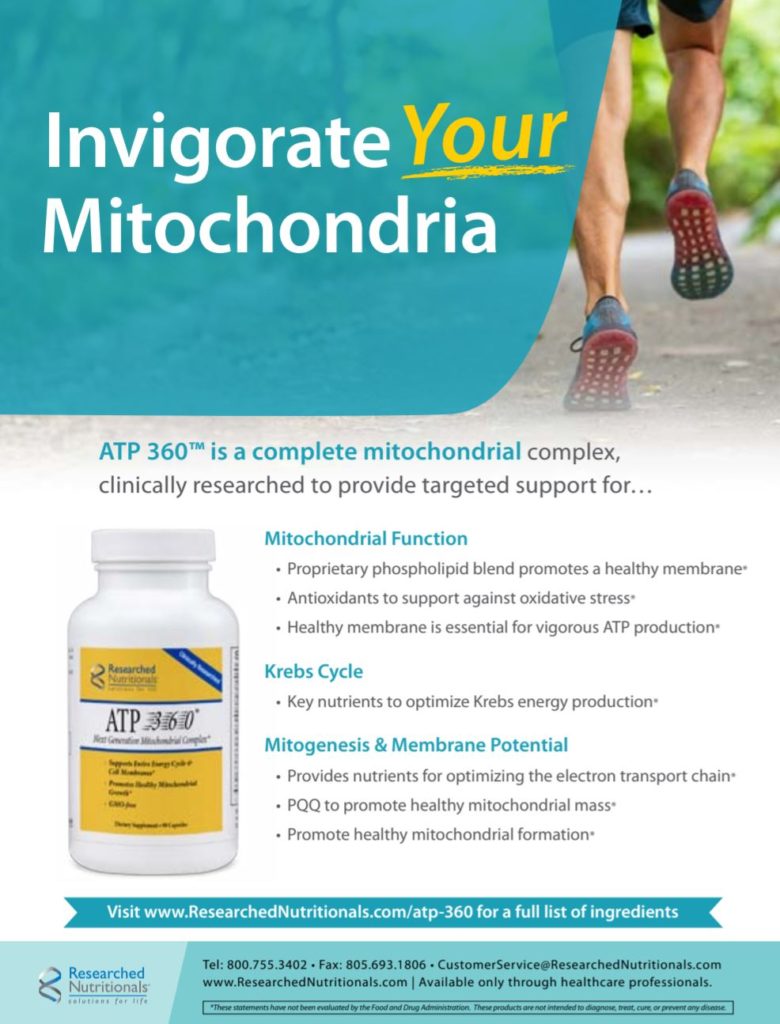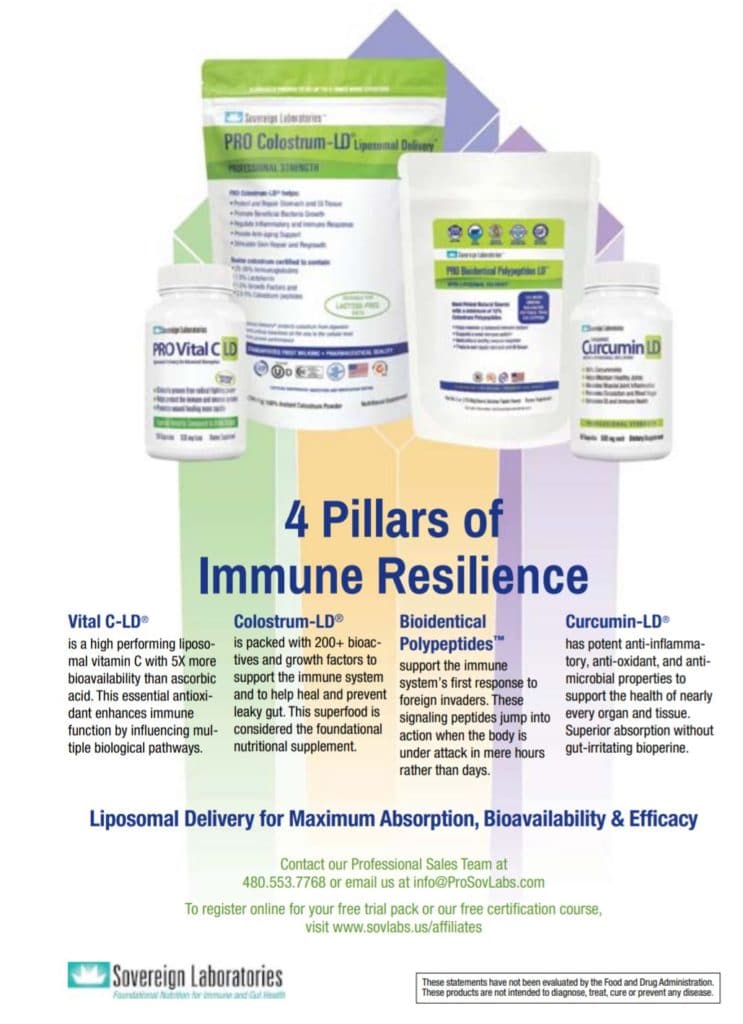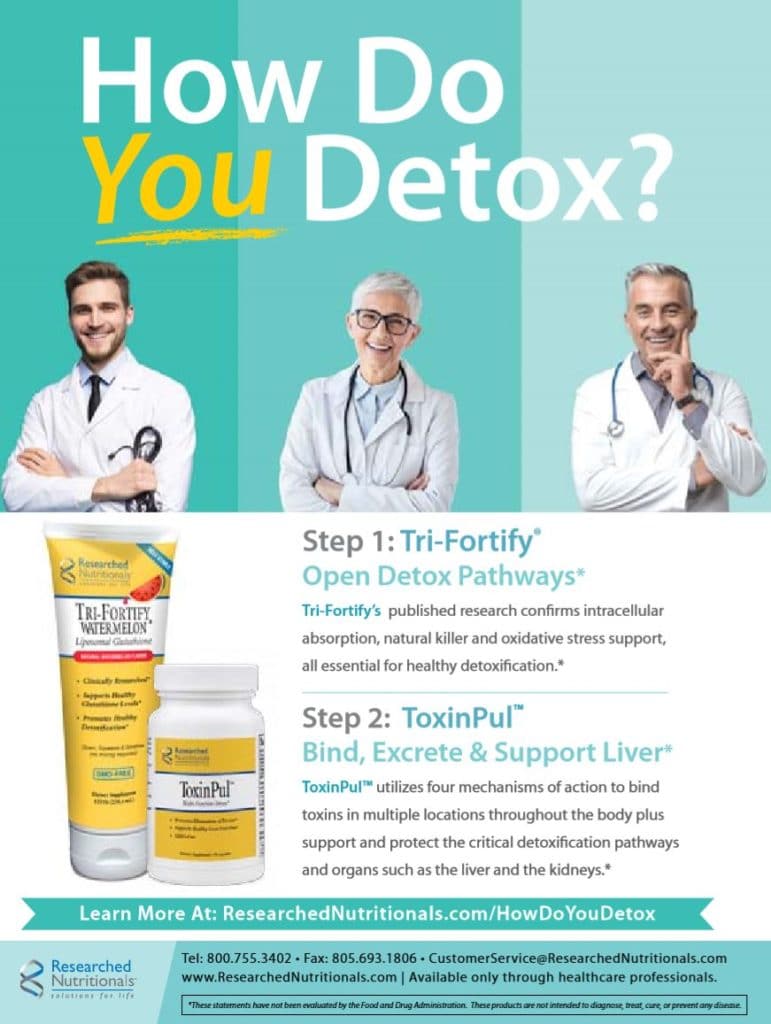by Connie Strasheim
New treatments for chronic Lyme disease are continually emerging, as researchers and health care practitioners learn more about the infections, co-morbidities, and other problems commonly involved in the disease. Most Lyme disease specialists understand that chronic Lyme isn’t just about a Borrelia burgdorferi bacterial infection, but rather, a complex of infections that cause systemic dysfunction in the body. What’s more, Lyme can be both a primary cause of illness or ancillary to other disease processes, and even make the afflicted susceptible to other diseases. Sometimes, it is simply the “straw that breaks the camel’s back” in an already weakened body that’s battling other assaults.
Regardless, healing from chronic Lyme disease, for most, isn’t just about eliminating pathogenic microbes. And because there are so many unidentified strains of Borrelia, Babesia, Bartonella and other Lyme-related microbes that are infecting people, researchers and doctors probably still don’t know exactly what cocktail or mix of infections their patients are really dealing with. Add to that the fact that everyone is different with a unique biochemistry and set of comorbidities, and treatment becomes much more complex than simply assigning an antibiotic or two to whatever supposed infections patients are dealing with.
Typically, the conventional treatment for Lyme disease among Lyme-literate health care practitioners has involved giving patients months- or years-long courses of multiple antibiotics. This approach has been successful for some, but not everyone responds well to antibiotic therapy and some relapse. This has led some practitioners to look beyond, to other approaches to Lyme disease treatment or to add additional tools to their repertoire.
In my interviews with ten Lyme-literate doctors for my new book, New Paradigms in Lyme Disease Treatment: 10 Top Lyme Doctors Reveal Healing Strategies that Work (October, 2016), I have also learned that some doctors are now opting for a less aggressive approach to treatment. It used to be that the motto within the Lyme disease medical community was that Herxheimer, or microbial detoxification, reactions were beneficial because it meant that the treatments were working and that the patient’s immune system was effectively killing off the microbes.
Wayne Anderson, ND, one of the original pioneers of Lyme disease treatment, shared with me in his chapter for the book, “Back in the old days of Lyme treatment, the philosophical approach among Lyme doctors was that the worse that we could make our patients feel, the more we thought that we were doing our job. Patients would come in feeling horrible because they were taking three different antibiotics, and I’d tell them, ‘Great, hang in there, you can do it!’ I was trying to get them to the finish line. Now, many doctors have a different philosophical approach, which is that ‘slow and steady wins the race.'”
If patients experience symptoms of a Herxheimer reaction, it means that their bodies are being overloaded by toxins. The result is that those toxins get recycled back into the body through the organs of elimination and patients end up sicker than before, and often, more frustrated, especially if they spend a majority of their days in a perpetual Herxheimer reaction.
I can’t tell you how many years I spent feeling utterly miserable because my doctors gave me heavy-handed antimicrobial treatment protocols that caused harsh detoxification reactions in my body. Yet I pressed on, believing that somehow, all that Herxing was good for me – no matter that the effects of all those remedies were incapacitating me. In reality, the toxic overload that I experienced from doing too much treatment, too fast, set me back in my healing and even left me functionless in my bed, at times, for months. And all of the detoxification remedies in the world didn’t make it easier.
The fact that some well-respected Lyme-literate doctors, such as Dr. Anderson now believe that “more is not better” and that heavy-handed regimens aren’t necessary to get patients healed is good news to me, and probably also to many thousands of frustrated patients and doctors.
Now, that doesn’t mean that those doctors who believe in a lighter approach necessarily give their patients just one type of treatment or remedy at a time. Some, such as Neil Nathan, MD, who is also featured in New Paradigms in Lyme Disease Treatment, might start out some of their patients on just one or two antimicrobial remedies, but then slowly stack and add others to the regimen. But never at dosages or at a pace that overwhelms patients and causes them to feel horrible.
In addition, and as I just mentioned, many of the best Lyme-literate doctors aren’t just limiting their antimicrobial protocols to antibiotics anymore. Essential oils, herbs, intravenous silver and ozone, hyperthermia, and even hands-on manual therapies are proving to be just as effective – if not more so at times – than conventional antibiotics.
Some of the doctors that I interviewed for New Paradigms in Lyme Disease Treatment use antibiotics to treat their patients, but only in combination with other antimicrobial remedies and supportive treatments. By themselves, though, antibiotics are usually not enough. The microbes are intelligent and easily evade the immune system, so the best regimens involve combining and rotating multiple antimicrobials such as intravenous ozone and silver, herbal remedies and perhaps one, two, or three antibiotics. Yet, these are often not all given to patients at once at the outset of their treatment. Instead, they might be added to a patient’s regimen, one or two at a time, over a period of weeks or months.
What excites me about how some doctors are approaching Lyme disease treatment now is that many are having good success by using exclusively all-natural treatments to treat the infections, such as herbal remedies, intravenous ozone, silver, and essential oils. Dr. Anderson confirms this in New Paradigms in Lyme Disease Treatment when he states, “I still think that some patients need antibiotic therapy, but I probably use antibiotics about 15-20 percent of the time. I have discovered many great herbal and naturopathic remedies and tools that are effective for treating my patients, and these work well for most. We Lyme-literate doctors have so many more options for treating patients now than we did back in the 1990s when we first started treating Lyme.”
Some doctors, such as Friedrich Douwes, MD, have even had exceptional success using outside-the-box treatments such as hyperthermia. Dr. Douwes has been using hyperthermia to treat Lyme disease patients for over 16 years, and in an interview with me, shared that hyperthermia can eliminate Borrelia and Bartonella infections after just one or two treatments, although it is less useful for treating Babesia. Some of the other advantages of hyperthermia are that it is relatively safe and can penetrate deep into areas of the body where conventional remedies may not reach and, as such, is a potentially fast, effective treatment for infections.
Another novel, outside-the-box treatment is Tony Smith, DC’s program called LymeStop, which, according to Dr. Smith, is based upon several hands-on neurophysiological, or brain-body healing techniques; specifically, CranioBiotic Technique (CBT), Contact Reflex Analysis (CRA), and AllerTouch. It involves using magnets and the hands to stimulate specific points on the brain and body while simultaneously touching different areas of the patient’s body where the infections are located. This process apparently signals to the immune system where the infections are so that it can lock onto them and eliminate them.

This is Dr. Smith’s theory anyway, and while there are no scientific studies to prove that this is what LymeStop actually does, many patients have testified that it has helped them recover after years of antibiotics and other treatments failed. Patients post their experiences on the LymeStop Facebook group (which is a group that has no affiliation with Dr. Smith’s clinic). Dr. Smith has so far treated over 2,000 patients using LymeStop and claims a strong track record of success. However, this treatment is still relatively new and its long-term efficacy has yet to be established. LymeStop is also described in New Paradigms in Lyme Disease Treatment.
Intravenous ozone and silver are two other relatively novel (although not new) treatments used by some Lyme-literate practitioners, such as David Minkoff, MD. Dr. Minkoff, in an interview for New Paradigms in Lyme Disease Treatment, shared with me that he has had exceptional success using both of these modalities on his patients, when they are combined with a regimen that supports the overall healing of the patient. Other doctors, such as Neil Nathan, MD, believe that intravenous ozone must be combined with additional antimicrobial treatments to effectively eliminate the infections.








